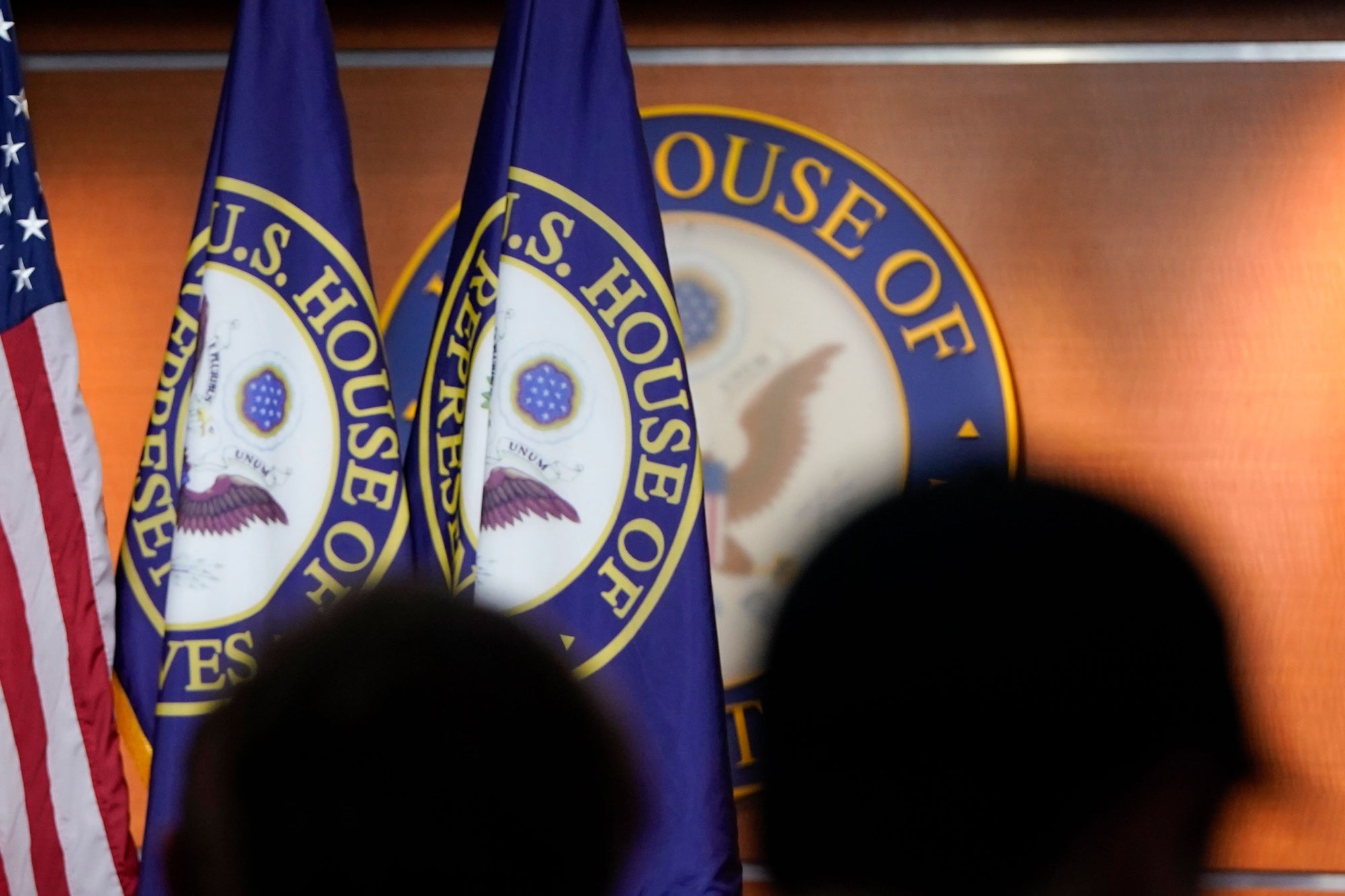Six Key Programmatic Advertising Trends for 2019 As we steer towards 2019, programmatic advertising, brings a set of challenges that all stakeholders need to navigate together in order to create a truly successful ecosystem for digital advertising
Opinions expressed by Entrepreneur contributors are their own.
You're reading Entrepreneur Asia Pacific, an international franchise of Entrepreneur Media.

The rise in programmatic advertising is no surprise center of discussion in ad tech industry.Zenith forecasts that ad spends in programmatic will grow 19% in 2019, reaching USD 84 billion.In fact, it is estimated that 65% of global digital ad spend is expected to be traded programmatically by 2019.
While programmatic consolidates its position as the most important method of digital advertising, we examine the key trends that are likely to shape thefuture of programmatic advertising.
1. Video Will Remain the Top Media Buy Among all Ad Formats
The reason is quite obvious – Mobile video is the fastest-growing consumption channel among consumers and currently takes the greatest share of time spent.It is also quite obvious thatusers who watch video on their mobile devices are giving it their full attention.Mobile video is also playing a pivotal role in influencing and enhancing the purchasing journey. That's why mobile video ad spending is already growing faster than any other digital advertising format, and the momentum is going to continue.
2. In-App Will Continue to Dominate
Mobile users have gradually moved away from using their mobile browsers to focus on a wide range of apps across various verticals. This affinity towards in-app has forced advertisers to shift their ad spend more towards in-app advertising. Additionally, in-app advertising offers marketers a better opportunity to target the right audience withthe availability of location data, device identifiers via in-app SDKs and enhanced user engagement due to effective in-app ad formats.Also, the rapid adoption of In-App header bidding (unified auction) model enables a fair and transparent auction which will contribute to further growth of in-app advertising.
3. A desperate Industry-wide Push Towards Tackling Ad Fraud
2018 has seen some major revelations on ad fraud creeping in programmatic and especially in mobile apps. With millions of dollars lost in ad fraud, the extent of the problem is huge. A silver lining is the fact that a majority of the ad tech vendors, advertisers & publishers have started collaborating or partnered with specialized third-party fraud detection partners to tackle this menace.2019 will see first-ever massive industry effort to combat fraud and eventually a decrease in ad fraud numbers.
The Trustworthy Accountability Group (TAG) claims thata clean supply reduces the ad fraud by 84% as compared to the industry average when all members in the supply chain are attentive.Pixalate'sAds.txt trends report highlights that Ads.txt adoption increased over 5.4x over the first half of 2018 and on average, sites with ads.txt have a 10% lower IVT (Invalid Traffic) rate compared to sites without ads.txt.
4. Managed Services will be Replaced by PMP Programmatic Buys
Advertisers and their agencies are keen to invest in solutions that offer them operational efficiency while keeping the optimum performance for each campaign. Private Marketplace (PMP) transactions are regarded as a major factor for driving down the fixed cost of media as they bridge the gap between traditional direct sales model (IO based buying) and automated framework. Additionally, PMPs offer better targeting capabilities via real-time programmatic auction. With PMPs offering efficiencies to a sales process, the ability to target specific audiences andreal-time optimization, PMPs are set to replace managed services in coming years.
5. AI in Programmatic will Unlock Untapped Efficiency
Artificial intelligence promises to unlock new understanding of users'behavior as well as improving the optimization of the overall auction process.With the help of Artificial Intelligence, bids can be adjusted and responded to in real-time based on deep-level data analytics. This promises to improve the overall auction processandavoid unnecessary participation in the bids that are outside the advertiser's threshold, hence reducing the administration costs. There are other numerous scenarios where artificial intelligence will step into programmatic in near future todeliver the best solutions for publishers, brands, and agencies. Some examples include – more accurate targeting, prediction of probable user behavior with certain ad units, discovering the probability of a conversion from an impression served.
6. Moving Programmatic In-House Won't be Sustainable
There has been a lot of buzz around bringing programmatic in-house. But there are some concerns about taking programmatic in-house.
- Continuous Investment to ensure that the organization stays on top of the ongoing advancements in technology like in-app header bidding, RTB 3.0, AI and more.
- Skilled Talent Pool–Programmatic calls for experts who havean understanding of underlying tech, data, marketing objective as well as consumer behavior. Treating programmatic just as a trading tool will undermine the real efficiencies it brings to ad campaigns.
- Tech Infrastructure- Programmatic advertising is a highly technical field and moving it in-house requires a tech stack that can handle aload of data efficiently. With video being the mainstream ad format nowadays, organizations are looking at infrastructure to support Terabytes of data in real-time













